“On the night of February 17, 1979, while lying wounded in a bunker near the Nam Na River, I heard footsteps. I was startled, oh no! Thinking the enemy was here, I had prepared grenades to fight back, in the worst case scenario I would commit suicide. However, my voice rang out “Is anyone here?” and I saw a star on my hat. I was saved!” – Mrs. Pham Thi Ha recounted in a very cheerful voice.
Accompanying Mr. Ta Quang Luong to Mrs. Pham Thi Ha's house on a cold January evening, VOV reporter and the couple "relived" the memories of 46 years ago when the battle to protect the northern border took place in February 1979.
On February 17, 1979, implementing a pre-planned plan, the Chinese authorities at that time launched a large-scale attack invading Vietnamese territory along the entire northern border from Phong Tho (Lai Chau) to Mong Cai (Quang Ninh).
Exercising their legitimate right to self-defense, the Vietnamese army and people fought bravely and fought back fiercely.
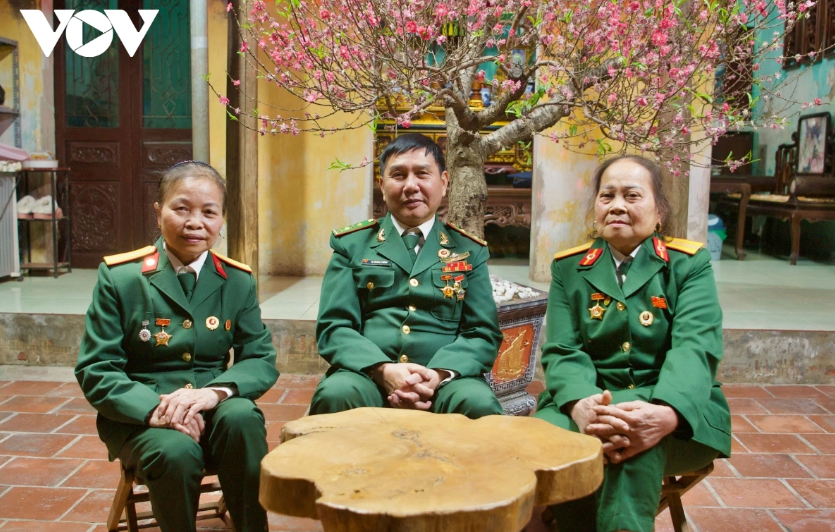 |
Mrs. Ha, Mr. Luong and Mrs. Hong (from left to right) recall memories together. |
Veteran Ta Quang Luong (born in 1960, currently living in Long Bien, Hanoi), was then an officer and soldier of Border Post 33 of the Armed Police (now Ma Lu Thang Border Post, Phong Tho District, Lai Chau Province).
Along with the Pol Pot gunfire in the Southwest, the Northern border began to heat up. Attacked from early morning on February 17, 1979 and ordered to withdraw at 9:00 a.m., Post 33 still held out until 6:00 p.m. the same day.
“Although our forces were small and our weapons were few, our unit held out and fought against three invading Chinese battalions, destroying three tanks and 600 enemies,” recalled veteran Ta Quang Luong.
After the enemy took over the fort, Mr. Luong's group of 9 comrades was asked to return to find the wounded and dead. They had to grope through the forest while avoiding the powerful headlights, artillery shells, and machine guns of the enemy.
The incident happened on the night of February 17-18, 1979. After finding the body, Mr. Luong and his teammates were ordered to retreat deep inland, while removing mines from the minefields that we had left behind. On the way out, he and his teammates discovered a flickering light in a tunnel by the Nam Na stream.
“Is anyone here?” Mr. Luong asked.
“Who is it?” A woman's voice rang out, followed by the sound of a gun being loaded.
“Who’s in there?” Hearing the voice, confirming that it was one of his men, Mr. Luong and the others poked their heads in. In front of them was the image of a woman dragging her bloody feet. In her hand was a loaded gun.
"I'm a soldier of unit 741, transporting ammunition to the outpost." – The woman said.
Seeing his comrade’s thigh was crushed, Mr. Luong and other soldiers took off their shirts to bandage the wound. Then they carried Mrs. Ha from the bunker up the hill and across the river.
That woman is Corporal Pham Thi Ha, of the transport unit of Regiment 741, currently living in Hanoi.
Footsteps and the yellow star on the cap
Recalling that day, Ms. Ha said that on the morning of February 17, 1979, she received orders to load ammunition to the post of Company 5, Battalion 42, Regiment 741, near Ma Lu Thang.
Because the unit was mainly female, they were given priority to withdraw. “However, we did not withdraw and were determined to fight to the end,” Ms. Pham Thi Ha recounted firmly.
When approaching the checkpoint, Ms. Ha and her close friend, Ms. Do Thi Minh Hong (born in 1959), were hit by enemy artillery. Ms. Ha was slashed across the thigh and fingers by shrapnel, while Ms. Hong was wounded in the buttocks and arm. Afterwards, they all took turns helping each other down to the rear base.
At kilometer 4, the group left Mrs. Ha at an engineering unit and then continued moving. In the chaos, Mrs. Ha got lost, and everyone worried that she had been captured. However, late at night, Mrs. Ha was taken into a bunker.
“I was taken to the bunker and lay there waiting. I didn’t know what to do. I was very scared, holding my gun tightly and thinking that if the enemy came in here, I would fight to the end, not to be captured” – Ms. Ha shared.
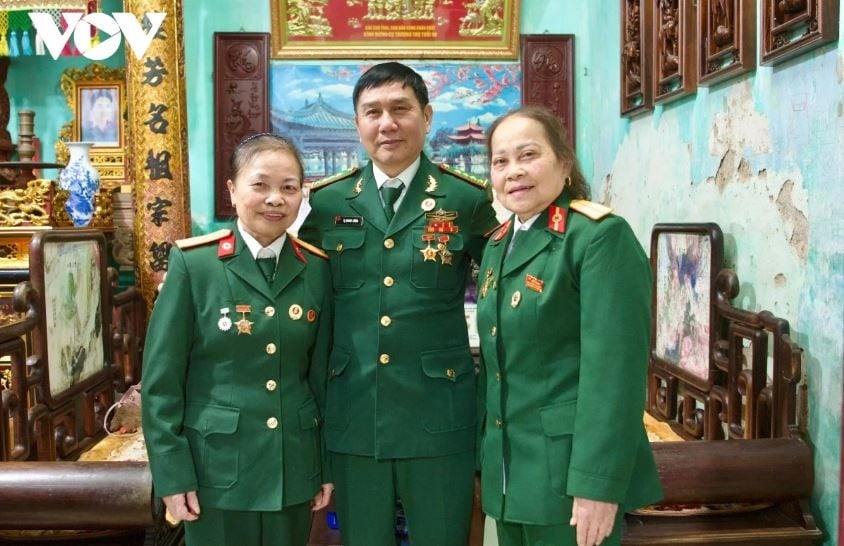 |
| Ms. Ha, Mr. Luong and Ms. Hong (from left to right) |
In the middle of the quiet night, in the dimly lit cellar, Mrs. Ha was still lying curled up in the cellar, her wound aching. Suddenly, footsteps sounded, getting closer and closer. Even though she had prepared herself for the worst, she still couldn't help but feel panicked, her heart pounding.
Just then, a voice rang out: “Is anyone here?” Mrs. Ha replied in confusion, then in the dim light, she realized that the other person’s hat had a yellow star. An overwhelming joy welled up inside her.
“He is my man!” – Mrs. Ha exclaimed, trying to crawl out, filled with emotion.
To avoid detection, Mrs. Ha was taken away in another way. Luckily, they found two empty cans, so they cut down banana trees, put them together to make a raft, and put the wounded woman on top.
The enemy was stationed very close by, and even the slightest noise could lead to detection and attack. Therefore, all movements had to take place in absolute silence.
“When the raft was ready, we brought comrade Ha on board and took advantage of the darkness to secretly cross the river,” Mr. Luong said.
During that time, when they were hungry, they could only chew dried rice or pick some wild vegetables to survive. When they were thirsty, they quickly drank water from the stream and then continued moving. Sometimes, they had to hold on to each other and support each other step by step because of exhaustion.
"We took turns carrying comrade Ha. When we reached the middle of the river, the enemy discovered us and opened fire, causing two more people to die in the group," Mr. Luong regretfully recounted.
Three days later, the group escaped safely. When they met an army ambulance, Ms. Ha was handed over to be taken for treatment. From then on, Mr. Luong and Ms. Ha lost contact with each other.
“If it weren’t for them, I would probably have stayed on that battlefield forever…” – Mrs. Ha emotionally recalled.
Mrs. Hong's situation was not very optimistic, after losing her close friend, she heard the news that everyone in the tunnel had died, no one survived.
She was taken to a cave in Ma Li Pho Forest and had to stay there. The situation was still very tense. “Some other units withdrew one by one, leaving me alone here,” Ms. Hong recalled.
After many days of holding out, on the night of February 20, 1979, a bloody path was opened to bring the wounded out. Ms. Hong was tied to a hammock by her comrades, used a tarp to pull her across the river, and then continued to walk for several days.
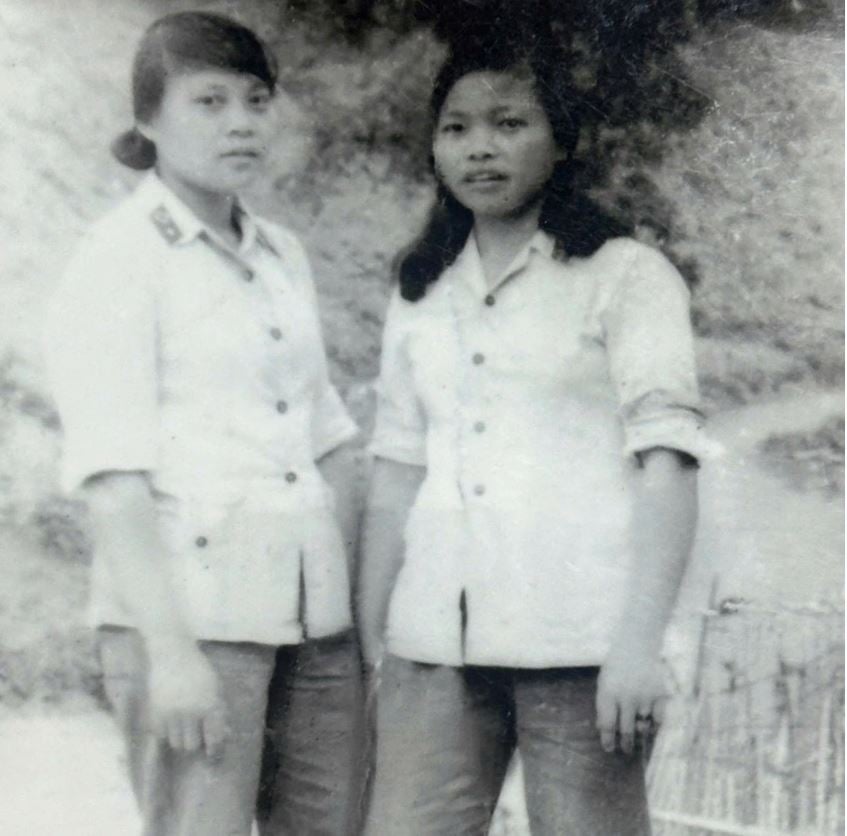 |
| Ms. Hong (left) and Ms. Ha (right) when they were young. Photo: NVCC |
Luckily, two close friends Ha and Hong were both taken to Hospital 92 for treatment. They met again and continued to be transferred to many lower-level hospitals such as Hospital 106, 109, and then to 203 Huong Canh for convalescence.
After treatment, both returned to their old units, continued studying and working. At the end of 1979, they were sent to attend a nursing course at Battalion 24, Division 326. After completing the course, the two close friends worked at the infirmary of Regiment 741. At the end of 1982, both were discharged from the army.
“Now, Ha and I are not only former teammates but also sisters in the family. Ha is my sister-in-law, and I am Ha’s sister-in-law. It’s been nearly 50 years, we are all old but we are still close to each other until now” – Ms. Hong shared.
After the war, Mr. Luong was discharged from the army and returned to his hometown, bringing with him memories that he thought would never be filled.
One summer day in 2009, exactly 30 years to the day, Mr. Luong heard news about Mrs. Ha from a comrade, then called everywhere to ask.
When asking about the Hoai Duc District Hospital, where Mrs. Ha worked, Mr. Luong called a neighbor nearby. Hearing the news, Mrs. Ha immediately ran over.
“When Ha picked up the phone, I said: This is Luong, our team saved you and brought you out safely in February 1979. Do you remember?” - Mr. Luong asked.
Mrs. Ha was both surprised and moved. The two made an appointment to attend a meeting on the occasion of the Border Guard's Traditional Day (BĐBP), which falls on March 3 every year.
“Try to go to My Dinh that day! We will gather there to meet and celebrate,” said Mr. Luong.
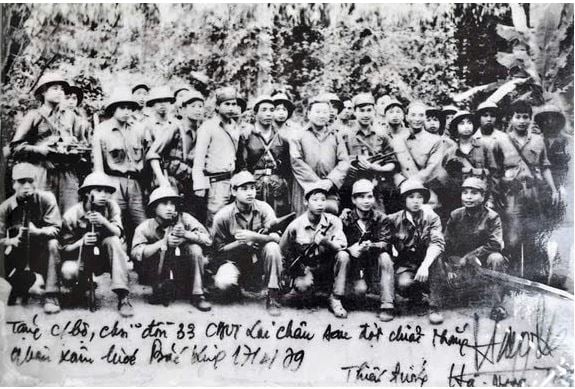 |
| Soldiers take souvenir photos with soldiers of Ma Lu Thang station on February 17, 1979. Photo: NVCC |
The moment of reunion after 30 years was not only a meeting of two people, but also a reunion of memories of the days when bombs roared, the sky and earth shook, and the days close to death at the northern border.
They were no longer the young soldiers on the old battlefield, but their comradeship remained intact. They promised not to lose each other again.
In recent years, soldiers from the old Post 33 have returned and joined hands to build a memorial to the martyrs. The memorial overlooks the Nam Na River, about 5km from Ma Lu Thang International Border Gate, Lai Chau Province.
The smoke and fire of the past have given way to new constructions, the tracks of tanks have now been replaced by the wheels of cargo trucks rolling across the border, but the memories of a bloody time are still deeply engraved in the hearts of those who remain.
Source: https://huengaynay.vn/chinh-tri-xa-hoi/cuoc-chien-dau-bao-ve-bien-gioi-phia-bac-va-cuoc-hoi-ngo-sau-3-thap-ky-150868.html











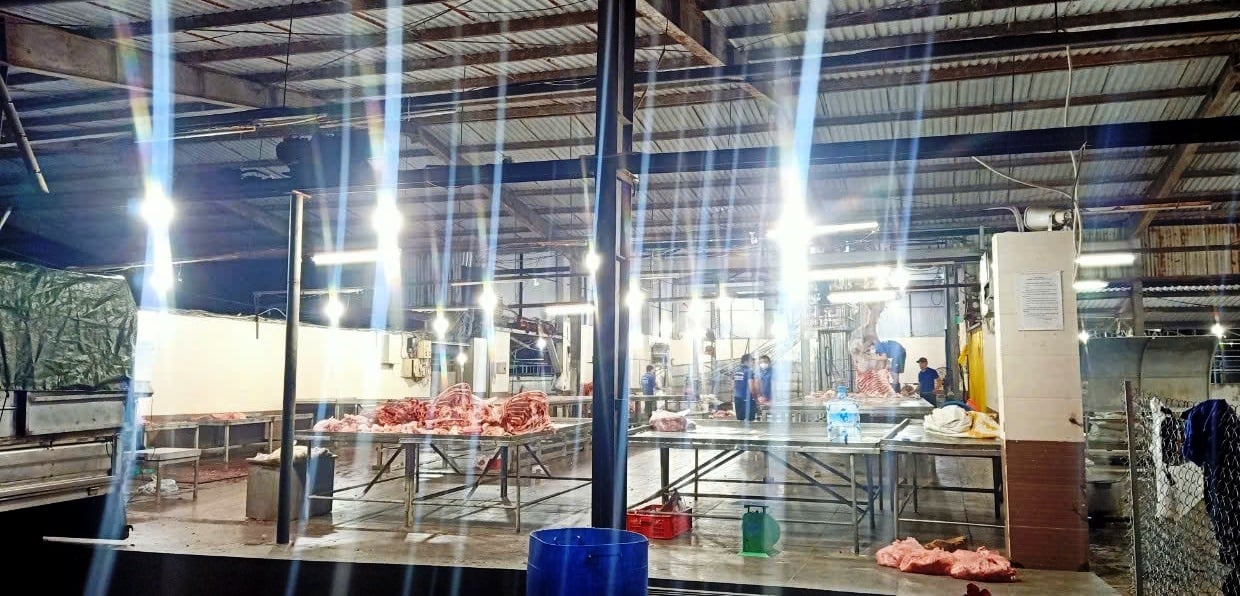

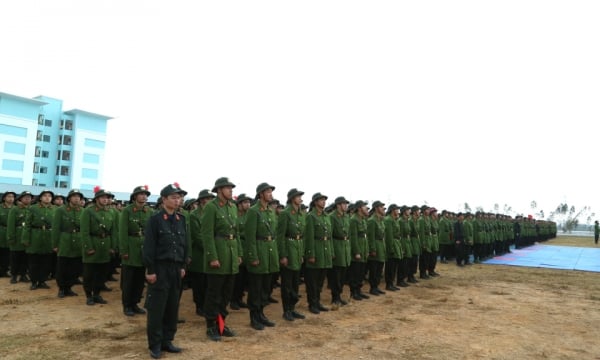
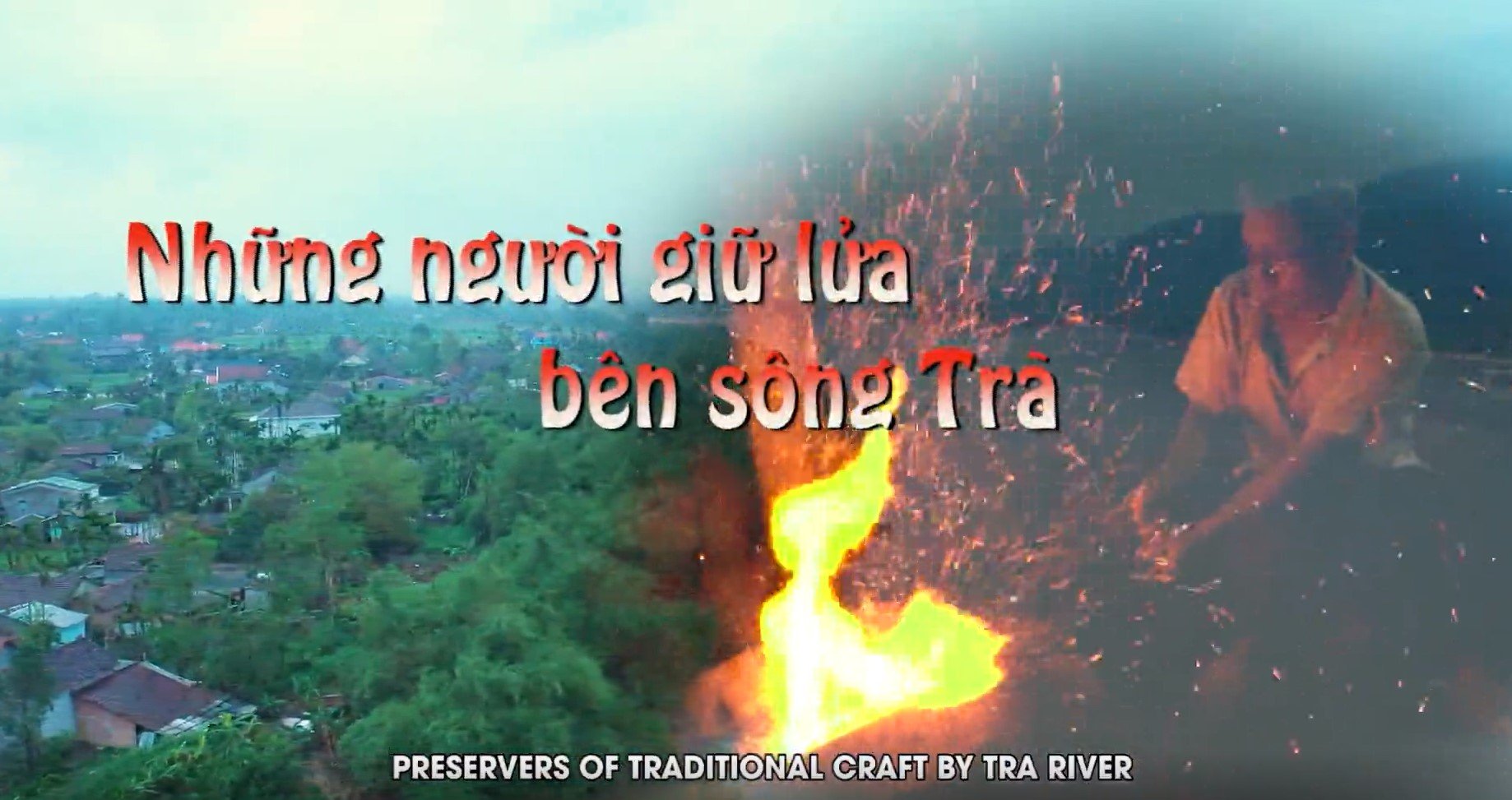
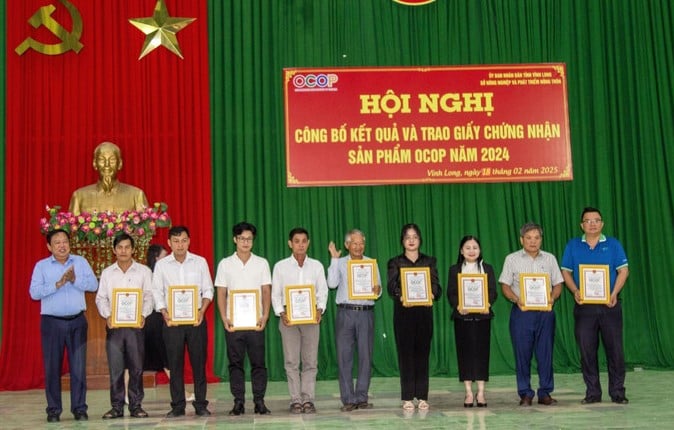

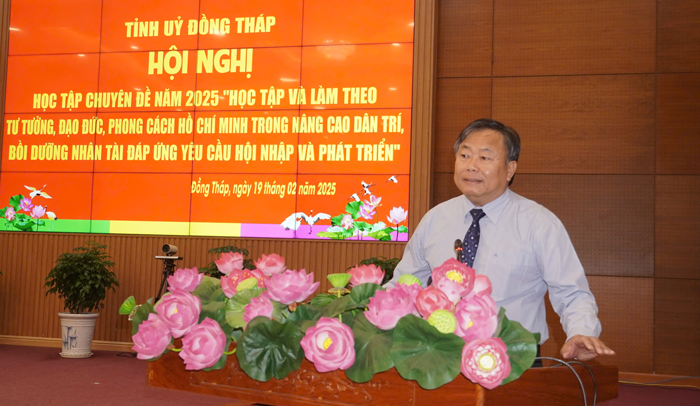

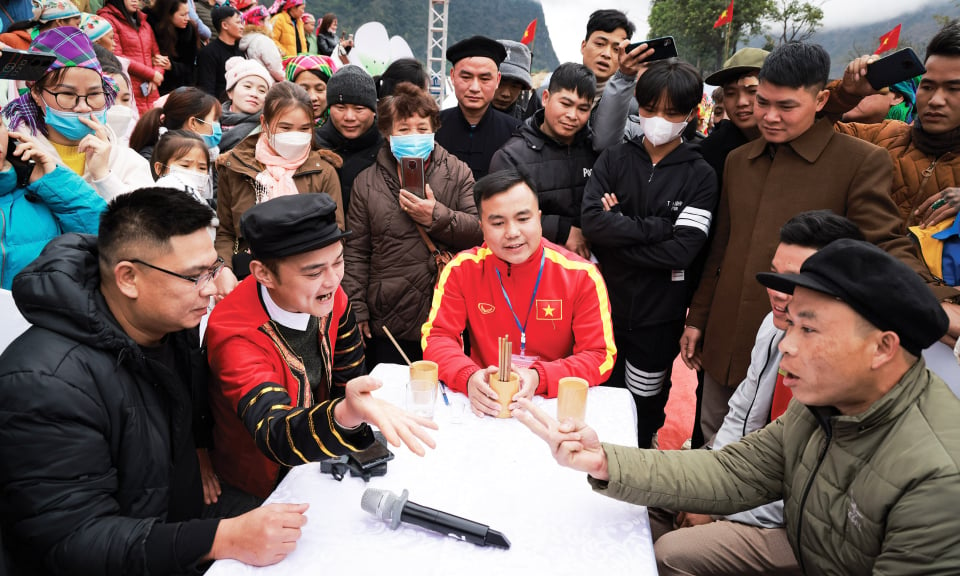
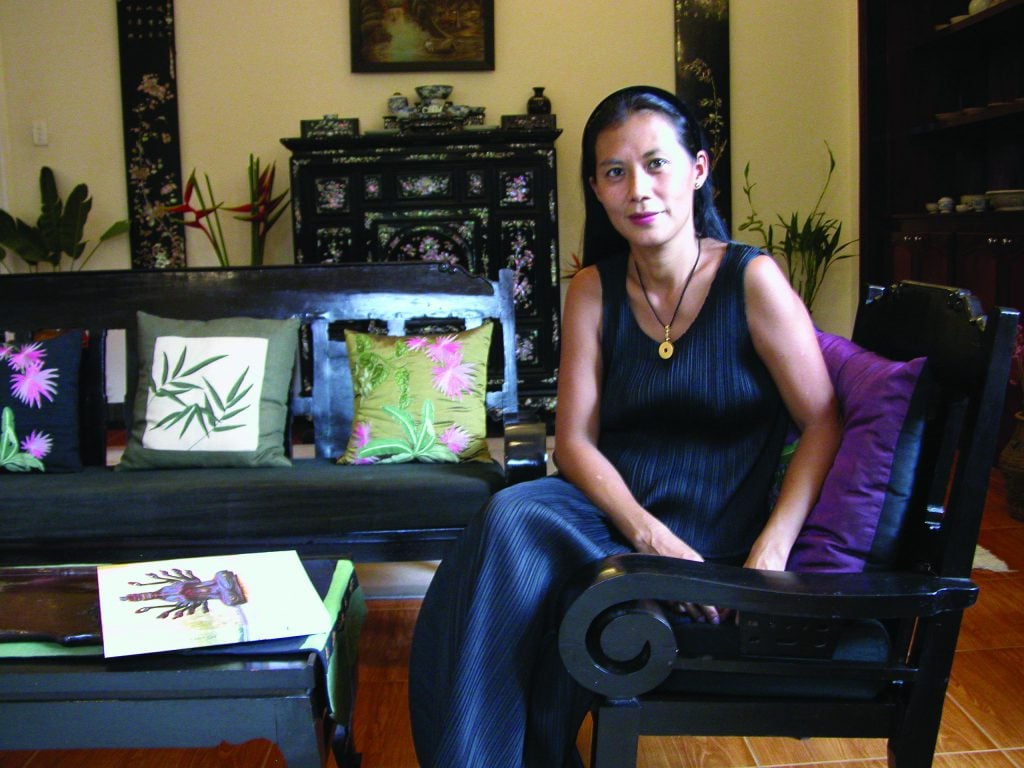



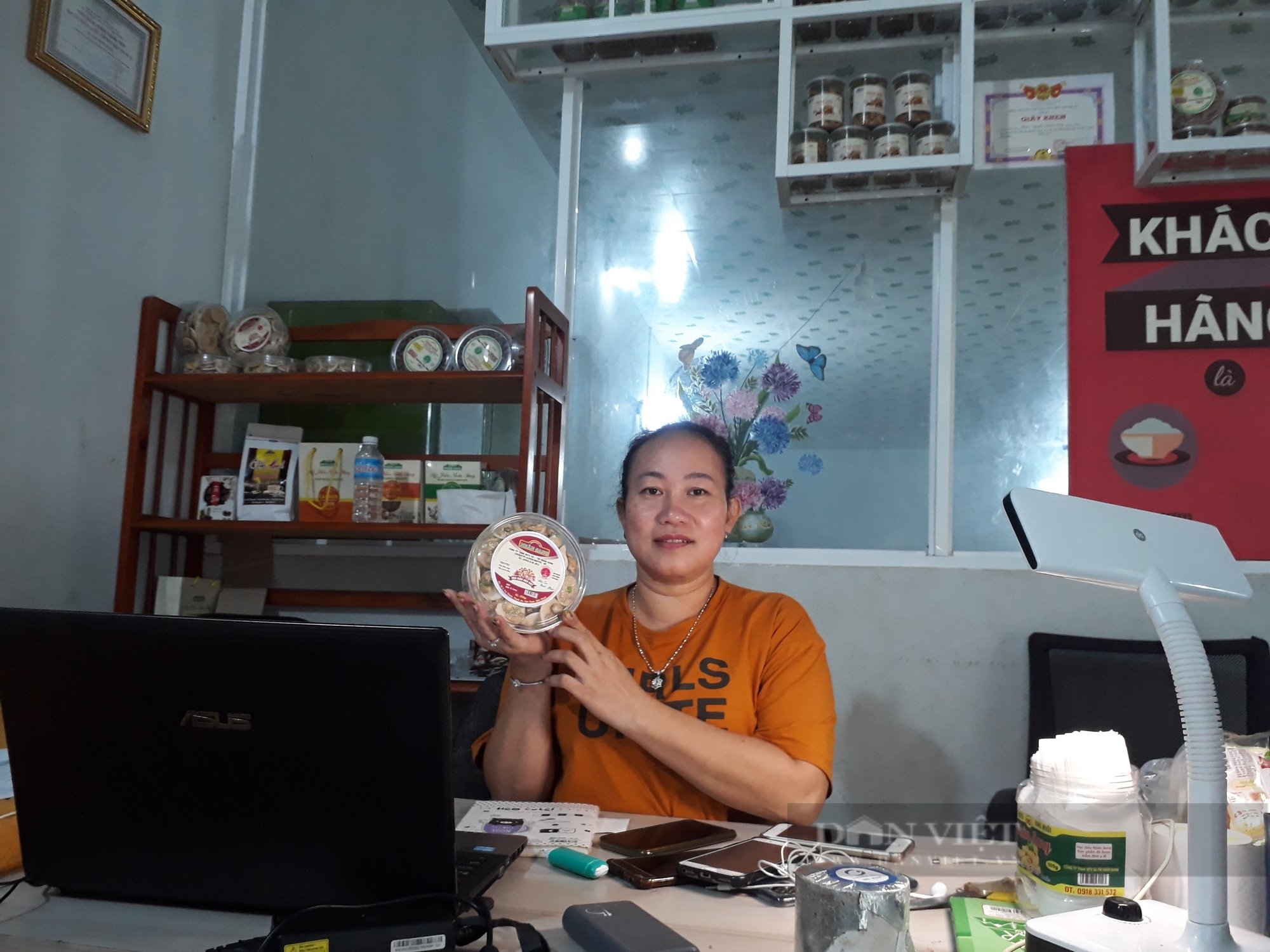

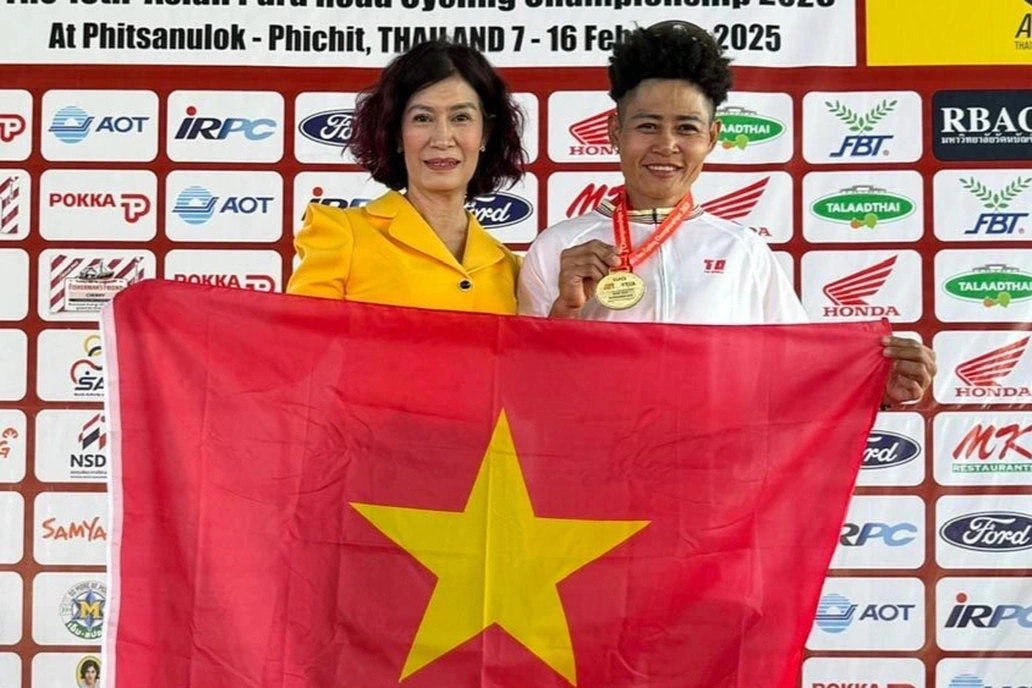


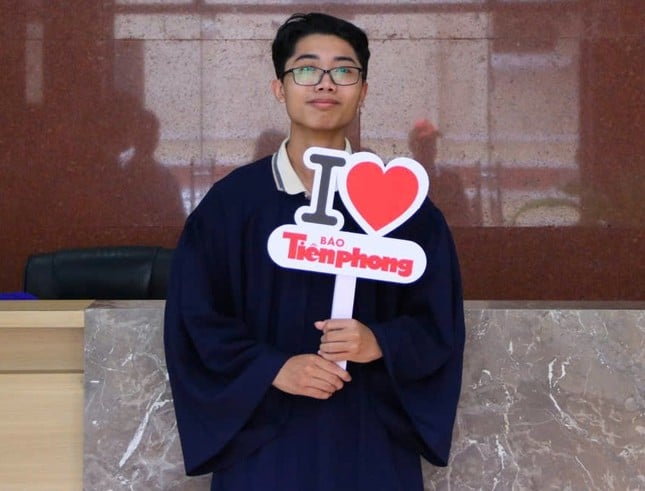


Comment (0)